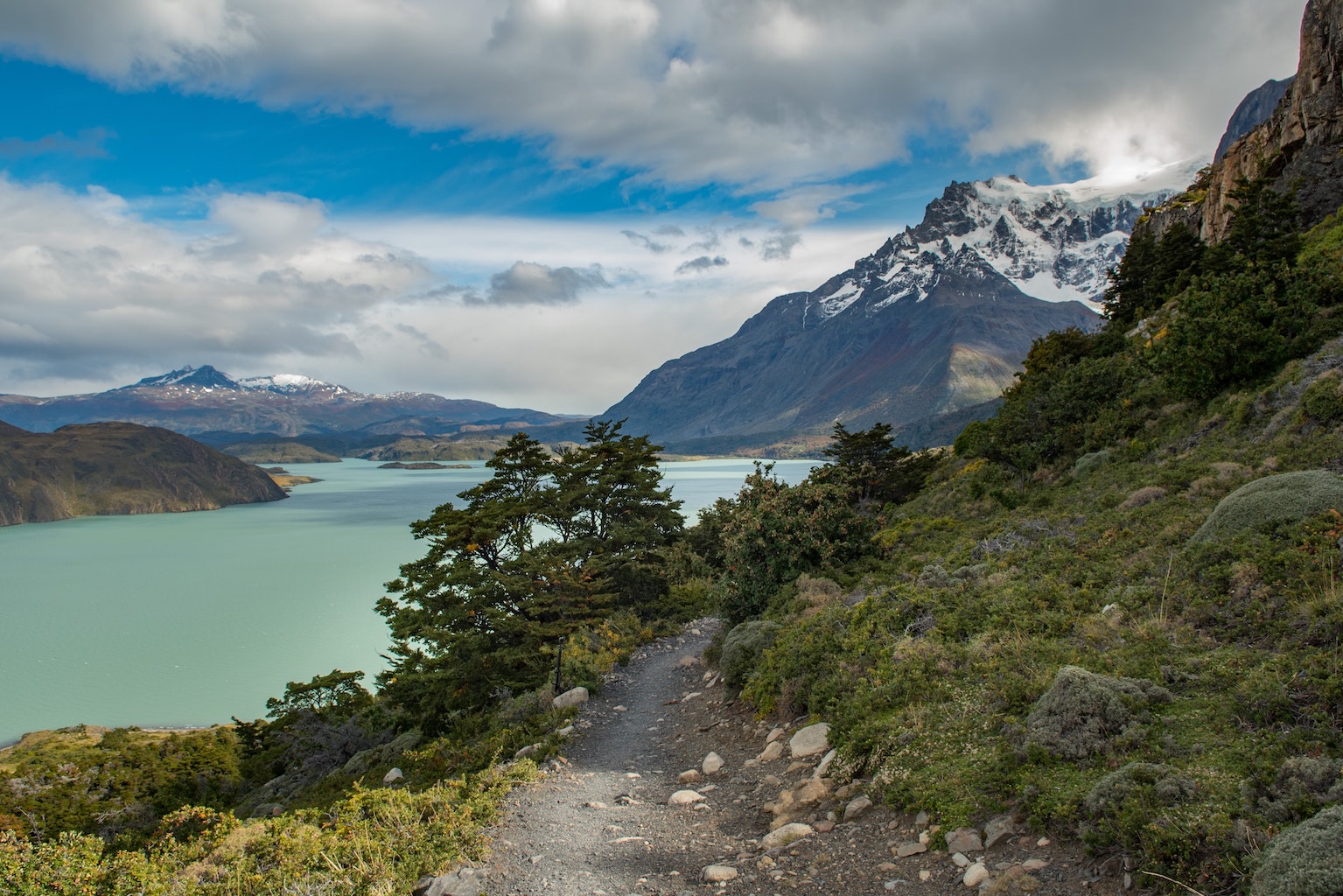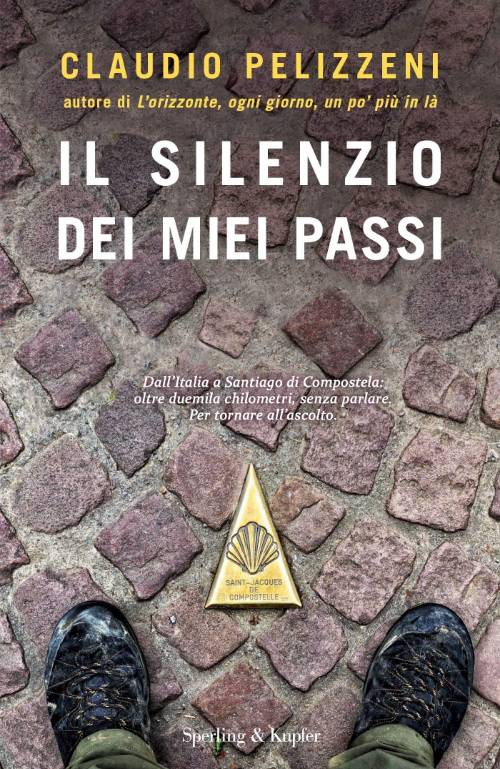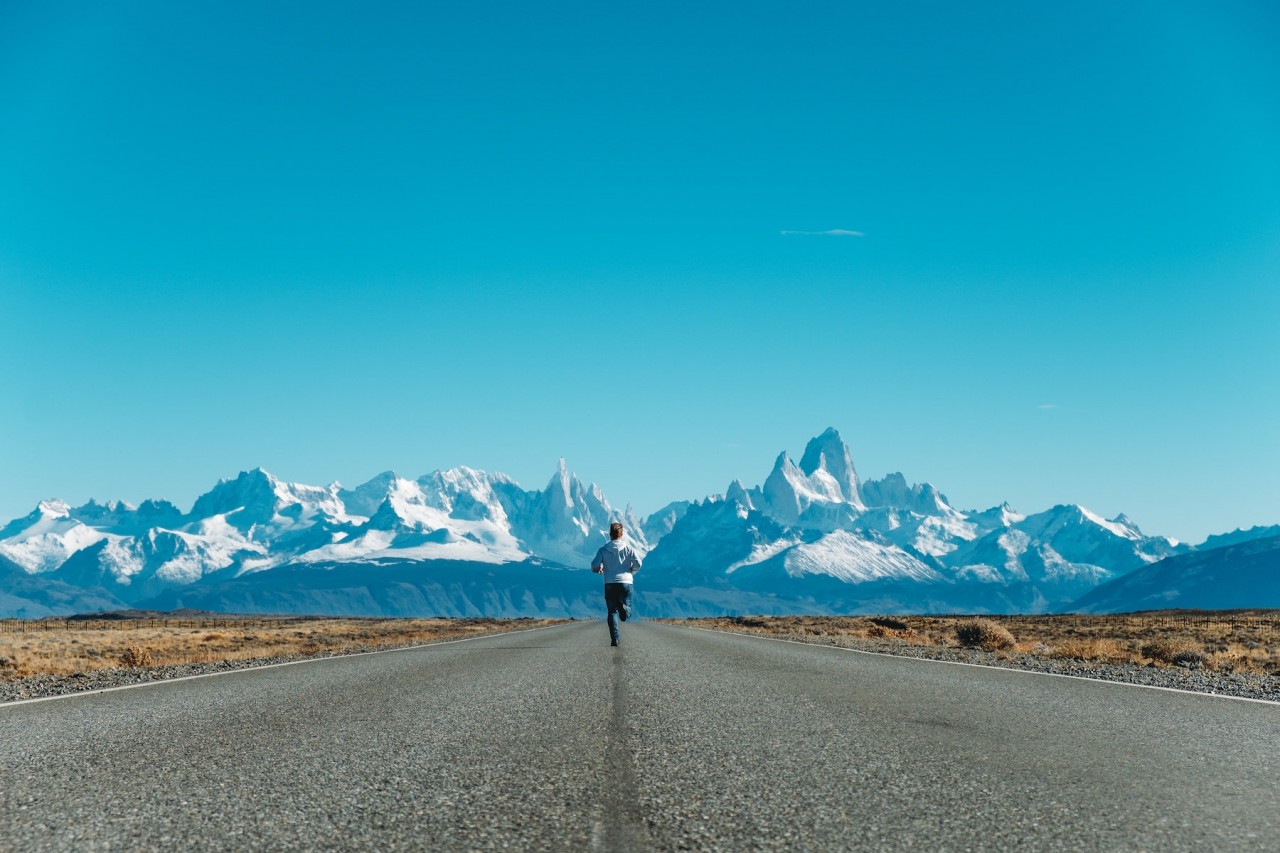
8 minutes reading time
(1560 words)
Traveling in Chilean Patagonia: just some tips
Patagonia is the South American region between Chile and Argentina that reaches the end of the world in what is more commonly called Tierra del Fuego. It is a region so vast and so fascinating that it can be considered as a separate territory despite being divided between the two South American countries: during my trip around the world I was lucky enough to be able to cross it first on the Chilean coast and then going up from the Tierra del Fuego to the border in Argentina.
Chilean Patagonia
It is difficult to answer the question of which side is the best because although we are talking about the same territory, they are two quite different travel experiences: the Chilean side can be visited along the Carretera Austral, a real travel experience on the road, especially if you go along it. as I did in hitchhiking. The Argentine side is very famous and is characterized by an immense plain called Pampa. It is the Andes that acts as a natural border between these states and on the Chilean side, the mountains seem to end straight into the sea, creating an area full of stacks, cliffs, and islands especially in the southern part of Caleta Tortel, while on the Argentine side as soon as you go just north of the Strait of Magellan the part of the plain immediately begins to be very wide and tends to widen more and more going north. Conventionally, Chilean Patagonia begins in Puerto Montt, and going south there are immediately two very different itineraries: continental Patagonia or the island of Chiloè. The latter is a landscape treasure with few equals in the world but if you want to focus on the area close to the Andes consider visiting the area of the Osorno volcano: very close to the town of Puerto Montt, this beautiful Strombolian volcano dominates a lake where I personally have spent one of the most beautiful nights of my life in a tent sleeping under a starry sky and eating grilled brook trout. From Puerto Montt down the water from streams and lakes is drinkable so the least problem will be the water supply.
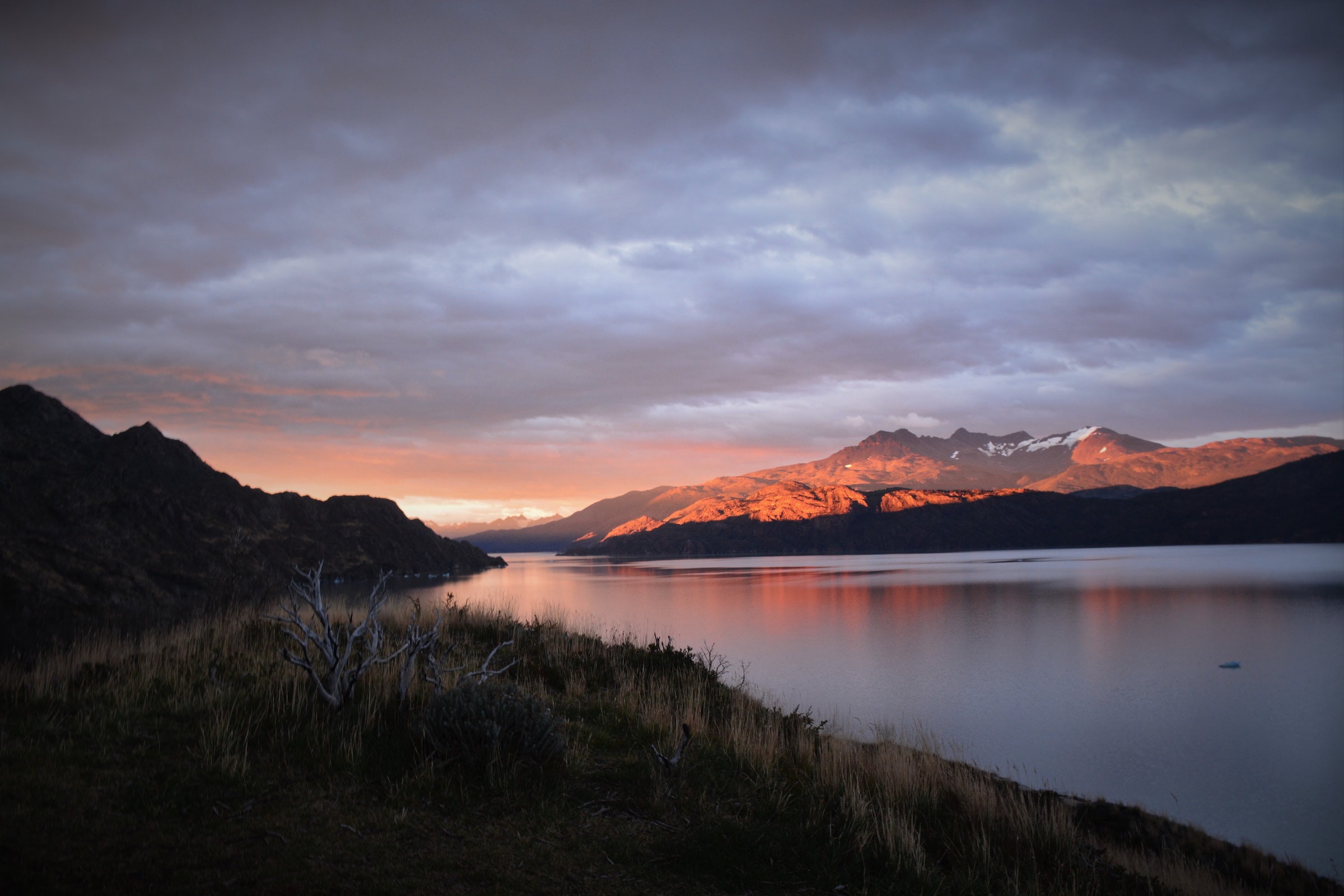
The Carretera Austral
The Carretera Austral crosses the whole of Chilean Patagonia for 1240 kilometers, but it is not completely paved. Despite this aspect, I still recommend crossing it by bicycle or by hitchhiking exactly as I did: cars are few but it is very common practice for Chileans to use hitchhiking to move around because there is little public transport between one destination and another. distances are considerable; often these buses are not even daily so it is normal to look for a lift on the road. Security in Chile is very good however always be very careful. The area that I liked most was that of the Corcovado National Park where between Palena and Futaleufu there are beautiful woods full of rivers, streams, lakes, and waterfalls, where nature and its farms are the great protagonists: here you can do trekking, fishing trips or simply get lost in the roads and paths to admire this landscape that is simply spectacular and sensational. A little further south you reach Lake General Carrera, half Chilean and half Argentine, where a rock formation carved by the frozen waters of the glaciers and eroded by the winds reflects the blue of the water on its white rocks, creating effects of light. worthy of a painter: these are the famous Catedral de Marmol, unmissable! If you go beyond Cochran, the Carretera Austral is almost finished in fact only Caleta Tortel remains, a small village of stilts directly on the sea with an almost ghostly history (read here) relating to the ancient miners of this area and the last village before the end of the street: Villa O'Higgins which directly overlooks a lake which is also shared with the Argentine border.
Here where the Carretera Austral ends and the only way to go further south is to go through Argentina by sailing the lake and coming out at El Chalten or right from Caleta Tortel take a boat that takes you down to Puerto Natales.
It is worth going down to Puerto Natales because one of the most beautiful treks in the world starts there: I'm obviously talking about Torres del Paine. The Torres del Paine circuit is open from November to April but checks the opening and closing dates very well because they change every year according to the climatic conditions. There are three types of circuits and routes and I have described them point by point in a dedicated article that you can find here. It is a technically very simple trek with spectacular landscapes but be careful because there is very little access to food. This means that your backpack is very heavy as you will have to carry your tent, sleeping bag, and food with you for 10 days. Obviously, there is also the possibility of sleeping in a refuge but it must be booked well in advance with high costs.
Argentine Patagonia.
As mentioned, Argentine Patagonia begins in San Carlos de Bariloche, a well-known and highly developed place in terms of tourism, frequented mainly by local Argentine tourism. The activities are countless and I definitely recommend long rides in the woods. Here starts a road called the Ruta de Los Siete Lagos, spectacular to travel by car or motorcycle: it connects San Carlos de Bariloche to Villa Angostura and San Martin de Los Andes, small villages from which many treks start and whose landscape around is spectacular. In the summer season, the road is dotted with purple lupins just like in Iceland in June: a feast for the eyes and for photography lovers.
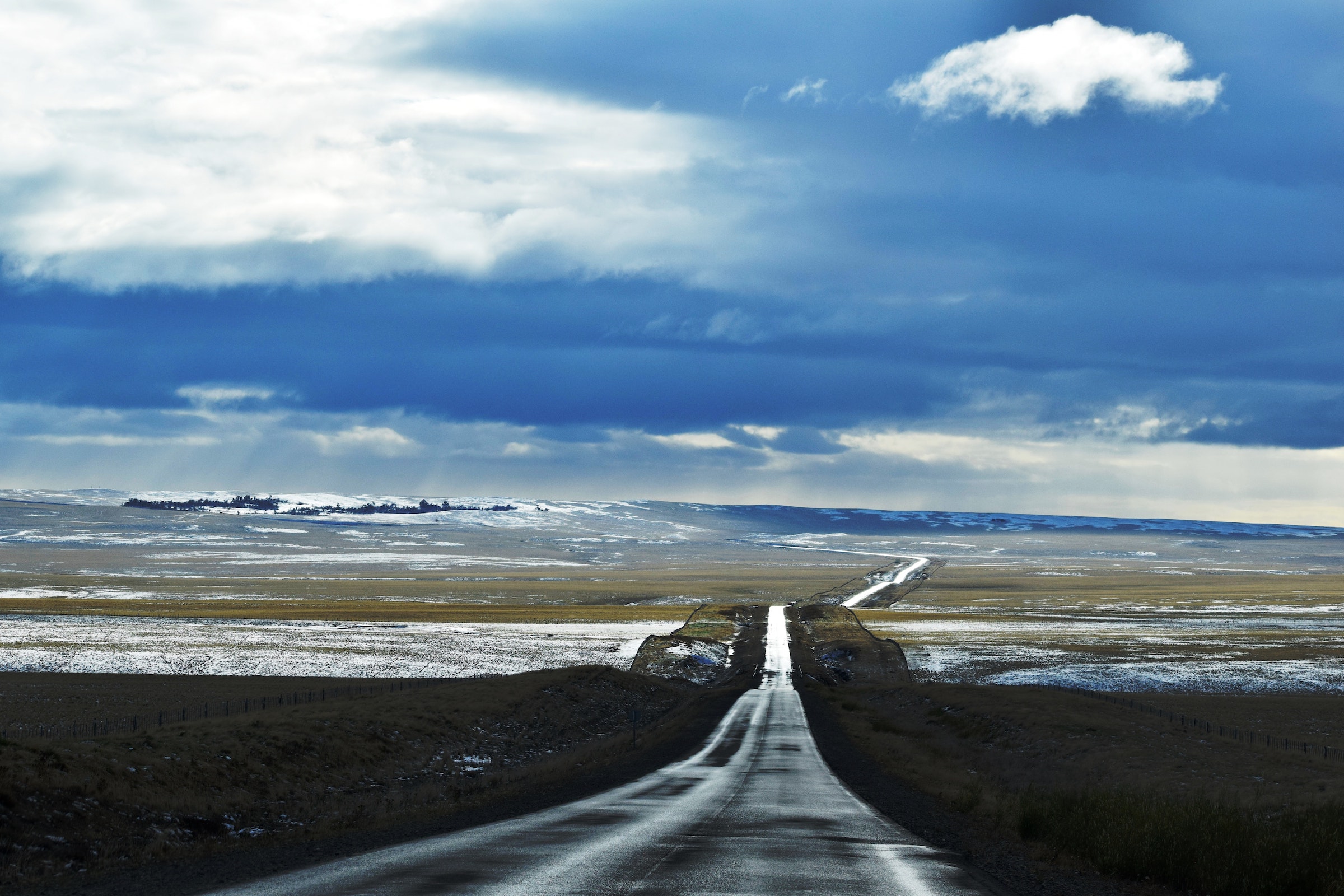
El Calafate and El Chalten
Very famous is obviously the town of El Calafate and its Perito Moreno glacier: book the excursion of a couple of hours that takes you by boat right under the great glacier. Consider that this glacier is alive and in motion; once a year there is always the famous fall of the ice block of the arch which is broadcast live nationally. If you can navigate the Rio de Hielo to admire the gigantic Spegazzini glacier up close. Not far from Calafate is El Chalten, a country considered the Argentine capital of trekking where you can try your hand at the climb up to Mount Fitz Roy but be careful because it is used by many climbers as a training ground for the Himalayas given its incredible weather variability: being able to admire Mount Fitz Roy and its cloudless summit with a clear sky is very very unlikely.
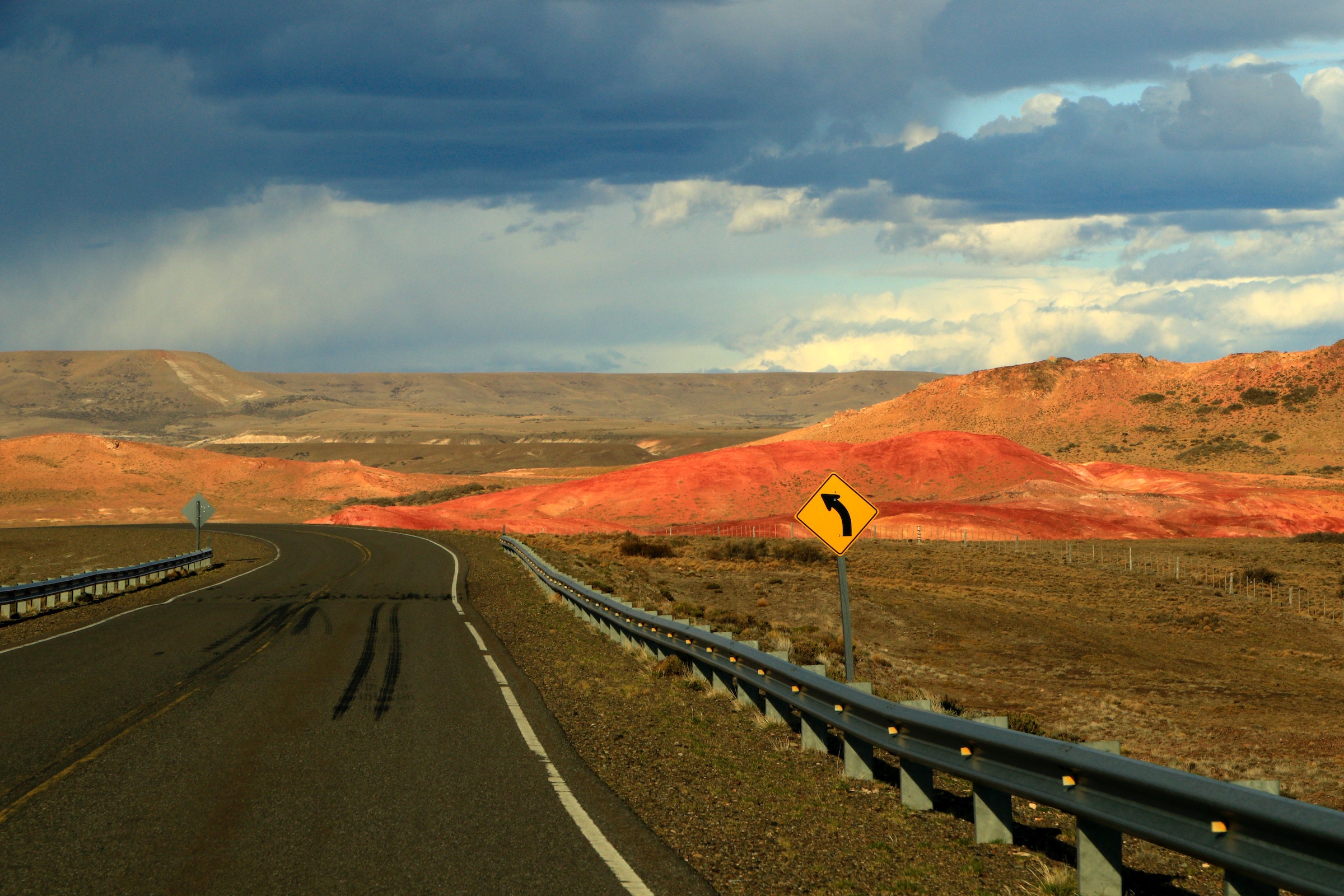
Ushuaia: the end of the world
Going further south another very famous place in Ushuaia, the butt of the world or the gateway to the Tierra del Fuego national park, one of the most beautiful places I have seen in my entire life. Ushuaia, however, unlike what is assumed is not the southernmost city in the world because this record belongs instead to Puerto Williams, but we are talking about Chile and there is no good blood between Argentina and Chileans. Here I highly recommend taking a boat trip to the Beagle Channel which separates Chile and Argentina. Very important: do not forget to option the pinguinera island because it is often not included in the excursions but it is what is most worth doing because you will arrive on islands where there are entire colonies of Magellan and Emperor penguins. Not only that but on the journey on the canal, you will also find many sea lions and many birds.
When to go
My personal advice to fully enjoy Patagonia is to visit it in December, January, and February or during the summer of the southern hemisphere. I absolutely advise against going to Patagonia during the Italian summer months, i.e. July, August, and September, because most of the commercial activities are completely closed, there are few availability in hotels and also all connections are extremely difficult. The climate leaves no way out so beware, it is obviously an incredible experience as it can be to visit Iceland for example in the winter months but unlike Iceland, in Patagonia, you cannot see the Northern Lights (which would be called southern given the hemisphere ) therefore it is more problematic than actually satisfying.
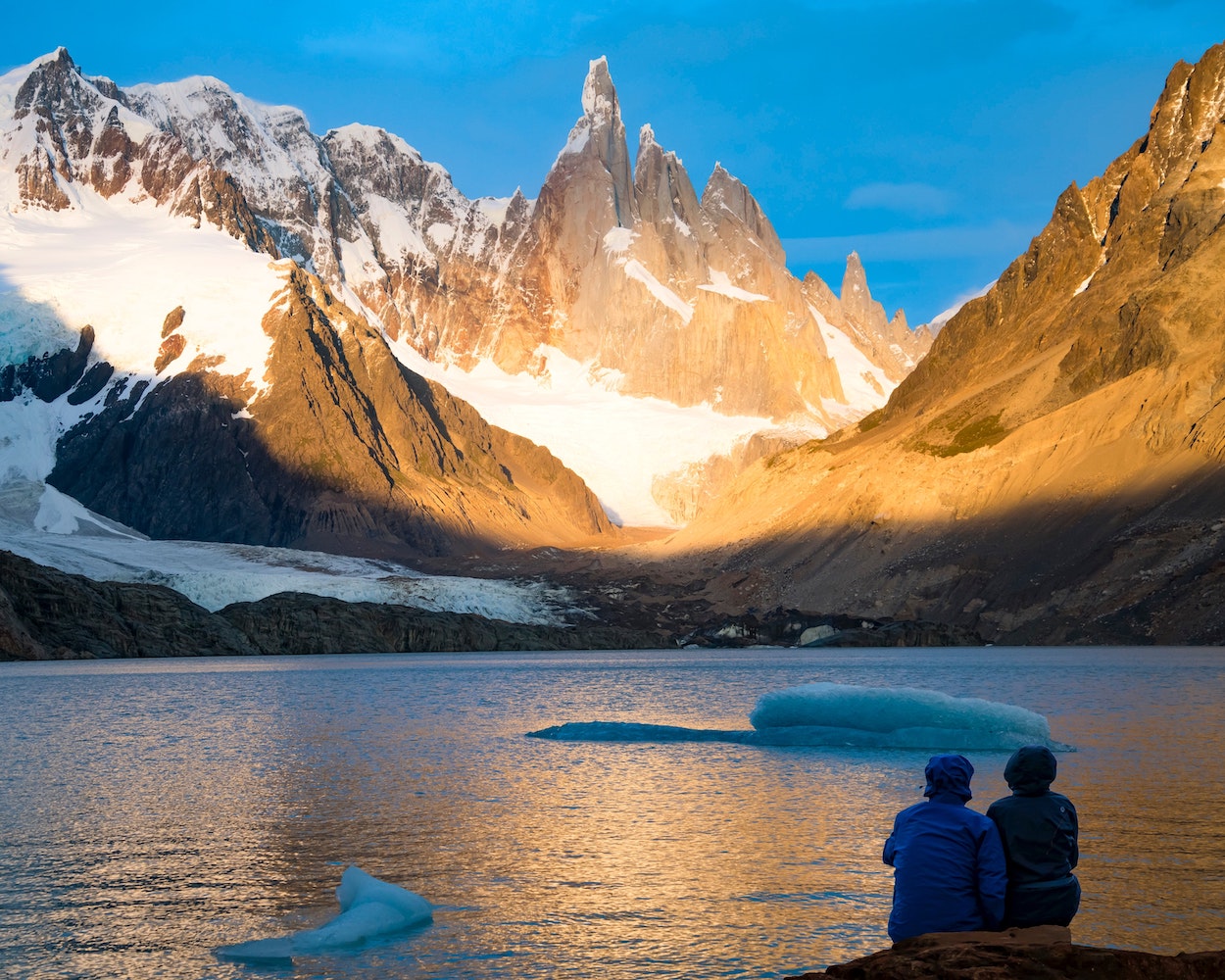
Getting around in Patagonia.
If you dedicate yourself to the Chilean part, I highly recommend hitchhiking or cycling at most a 4 × 4 motorized vehicle while if you move to Argentine Patagonia you can also consider traveling by plane by renting vehicles on site especially in the Bariloche area. The main airports are in Bariloche, El Calafate, and Ushuaia and the fares are quite affordable if taken well in advance. Patagonia is particularly expensive so a good option is to sleep in nature while camping. You can pitch your tent anywhere, it is absolutely free and you can even get food by fishing in the streams and lakes, as mentioned I the water of these streams and lakes is completely uncontaminated: for three months I have never bought a bottle of water and I have always quenched my thirst from the sources of nature. However, if you want to sleep in hotels be prepared to open your wallet as well as in restaurants, Patagonia is very very expensive.
Forse potrebbero interessarti anche questi articoli
Commenti
Nessun commento ancora fatto. Sii il primo a inserire un commento


